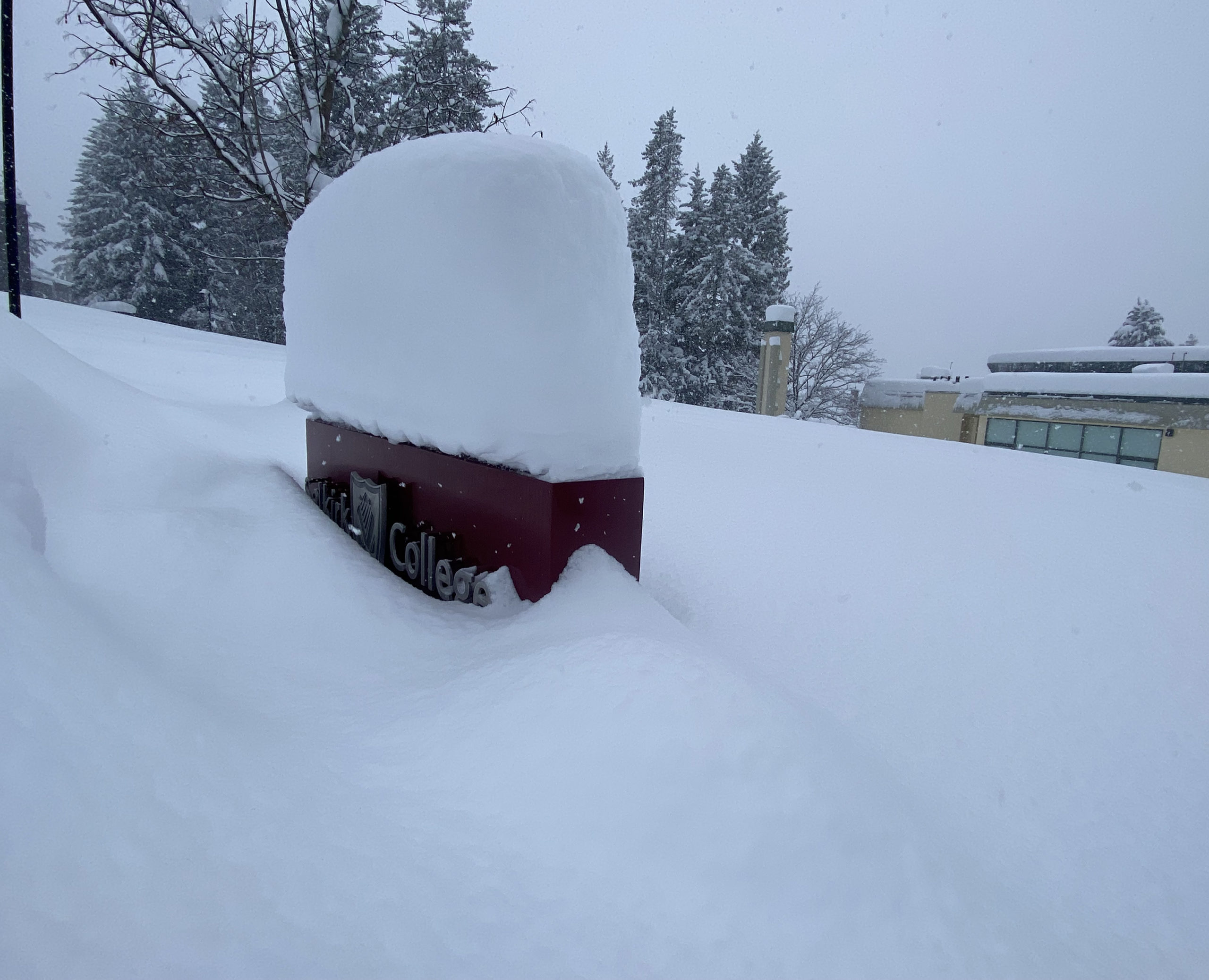While this winter’s La Niña weather system brought less snowfall to B.C. than was initially predicted, the province still received more than it did last year.
According to a report from the B.C. River Forecast Centre, provincial snowpack levels as of March 1 were 73 per cent of normal, which is seven per cent higher than the 66 per cent of normal measured on the same day last year.
Snow Basin Indices in the West Kootenays show the region’s snowpack, as of March 1, sits at 80 per cent of normal, which is slightly higher than 2024’s measurement of 72 per cent.
In the Boundary, levels are 86 per cent of normal, a slight decrease from 2024’s 87 per cent. Snowpacks in the East Kootenays are also slightly below what they were at this time last year (81 per cent), measuring 73 per cent of normal on March 1.
Seasonal outlook
This winter’s La Niña system was weaker than originally forecasted.
La Niña systems typically begin in December and last throughout the spring.
Historically, the system is linked to cooler temperatures for the Interior and wetter weather for the South Coast and Vancouver Island, leading to higher-than-normal snowpacks and a greater chance of low-elevation snow.
At the beginning of February, the B.C. River Forecast Centre expected La Niña conditions to transition into El Niño-neutral during March to May.
Usually, the April 1 snowpack, particularly in the Southern Interior, is above normal.
However, this season has not followed typical La Niña trends, with the Forecast Centre’s late-February outlook indicating a greater likelihood of above-normal temperatures from March to May, except in Vancouver.
Flood and drought outlook
About 80 per cent of the province’s annual snowpack typically accumulates by early March.
With most of B.C.’s snowpack levels currently below normal, the seasonal flood hazard is expected to be milder this year, with the exception of the Boundary (86 per cent of normal), Liard, Lower Thompson, and the Northwest.
In terms of drought, current below-normal snowpack levels, in addition to drought impacts from previous seasons and low seasonal volume forecasts, are significant factors for an increase in drought concern across B.C., although the concern is less pronounced in the Kootenay regions.
Be the first to know! Don’t miss out on breaking news and daily updates in your area. Sign up to MyNelsonNow News Alerts.





